Soup is one of the most versatile and nutritious dishes when made correctly – a quick, hot meal that offers plenty of health benefits. Good soups include fresh, low-fat ingredients and a minimum of salt and extra fat. Soup can be a rich source of many vitamins, and those made with beans or lentils provide protein and fibre.
Soups can be thin or thick. Examples of thin soups are consommés and broths. Thick soups acquire their distinct consistency when the vegetables are puréed at the end of cooking. If the vegetables used will not give a thick enough consistency, then cornflour or flour can be used to thicken the soup.
Stock
Stock is a well flavoured liquid made by simmering meat, bones (chicken, beef or fish bones) and vegetables in water. This water is strained and is used as the base for soups. Stock can be frozen for use at a later date. You can also purchase chicken, beef, vegetable or fish stock cubes from a supermarket. The stock is going to affect the soup greatly in terms of flavour, so use homemade stock if at all possible. Homemade stock is also lower in salt and naturally gluten-free.
What makes a good bowl of soup?
- A soup should have a good flavour of the main ingredient e.g. parsnip and apple soup should have a strong flavour of parsnip.
- It should be seasoned properly with salt and pepper.
- It should be served piping hot.
- There should be no grease floating on the surface of the soup.
- It should have a good colour and texture. A thick soup should coat the back of your spoon.
Ideas for garnishing soup
- Chopped herbs, e.g. parsley, chives or coriander
- Grated cheese
- Cream, yoghurt or crème fraiche
- Croutons
- Crispy bacon
Top tips for making soup
- Buy vegetables that are in season, meaning that they are at their most plentiful and very flavourful. This will mean that your soup will taste better and also work out much cheaper. Try to buy vegetables that are locally produced and therefore will be as fresh as possible and will maximise vitamin content.
- Always sauté the vegetables before you add the stock. This will release all the flavours from the vegetables.
- Allow the mixture to come to the boil, and then simmer gently.
- Soup freezes very well, so it’s a good idea to make it in bulk and freeze individual portions.
- If you want your soup to be gluten-free, use vegetables that will thicken naturally when puréed – potatoes and root vegetables are great for this. If you’re using shop-bought stock, you will also need to ensure this is gluten-free – not all brands are.
When are vegetables in season?
This handy chart from An Bord Bia shows when fruits and vegetables are in season here in Ireland.
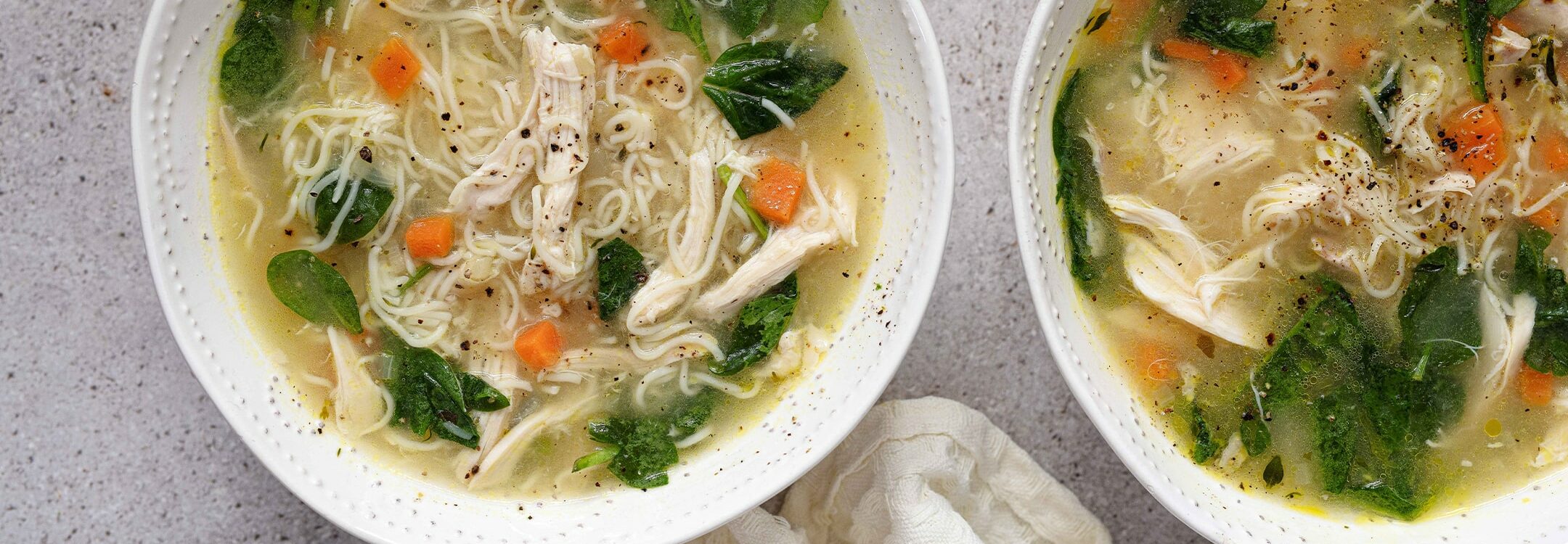
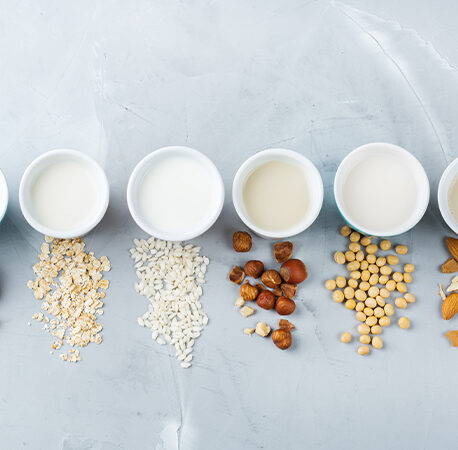
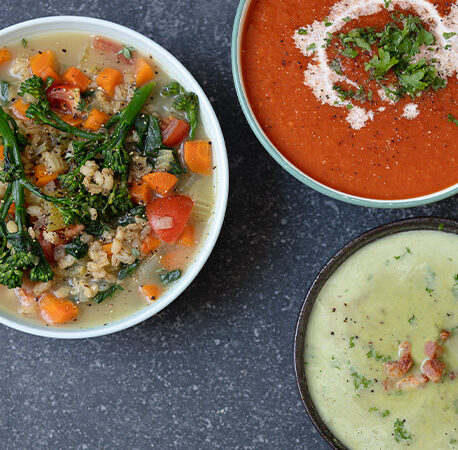

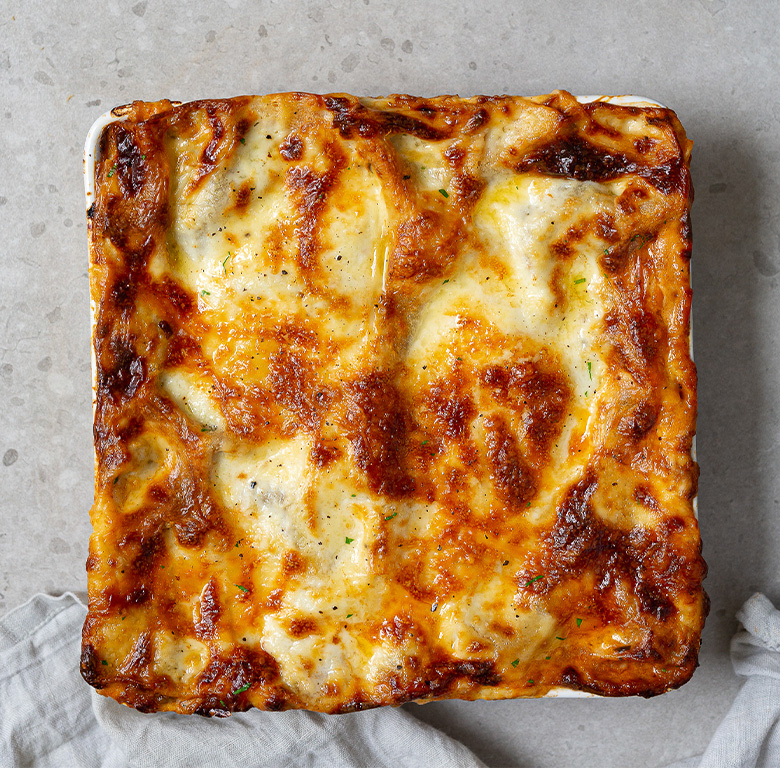
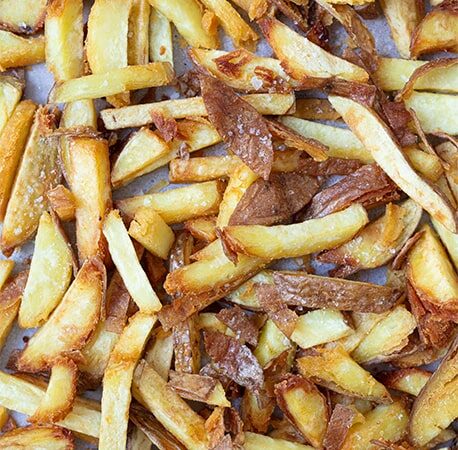
You have to be signed in to comment this post.